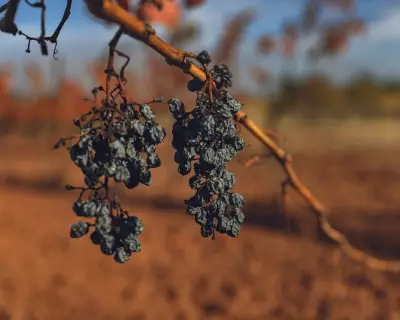
This year's Thanksgiving celebrations across the United States are projected to generate a staggering 320 million pounds (145 million kilograms) of discarded food, according to the non-profit organisation ReFED. This immense volume of waste, largely attributed to over-preparation and uneaten leftovers, represents a significant environmental and social concern.
Planning and Portioning: Your First Defence
The battle against food waste begins not in the kitchen, but at the grocery store. Chef and cookbook author Joel Gamoran, who specialises in cooking with scraps, advises meticulous planning. He recommends purchasing approximately a quarter pound of cooked turkey per person and a fist-sized portion, or about half a cup, of each side dish per guest.
Yvette Cabrera, the food waste director at the Natural Resources Defense Council, notes that turkey and dairy products are typically the most wasted items. When buying a whole bird, remember to account for the weight of bones and giblets. The NRDC's own food estimation tool suggests a slightly higher figure of 0.75 pounds (0.34 kilograms) per person.
Cabrera also suggests a simple yet effective strategy for shoppers: choose items close to their expiration date or select misshapen produce. These products are often the first to be discarded by retailers if left unsold.
Transforming Scraps into Culinary Treasures
A significant amount of waste occurs because home cooks overlook the potential of common scraps. Gamoran emphasises the importance of having a plan for the entire turkey, not just the prime cuts. "It's OK to make the whole bird," he says, "But have a plan for how you're going to take advantage of that later on."
One of his top recommendations is to make a rich turkey stock from the carcass by simmering it in water for two hours. This stock can be used to enhance mashed potatoes, thicken soups, or frozen for future use.
Gamoran encourages treating scraps as ingredients. Carrot tops can be blended into a vibrant pesto and frozen in ice cube trays for stir-fries and soups. Butternut squash shells can be roasted and steeped in vinegar to create a unique umami vinegar. Even potato skins and onion peels can be upcycled; the former can be air-fried into crispy chips, while the latter can be dried and ground into homemade onion powder.
Breathing New Life into Thanksgiving Leftovers
For many, leftovers are a highlight of the holiday, but they can quickly become monotonous. Gamoran proposes inventive solutions to give them a second life. Mashed potatoes can be reinvented as savoury waffles or potato bread. Leftover turkey meat can be pulsed in a food processor, mixed with an egg, and baked into delicious meatballs or patties.
For the more adventurous cook, pumpkin pie can be transformed into a savoury curry with added onions and spices, while cranberry sauce can be blended into smoothies or used to create a tangy condiment.
If experimenting with new recipes straight after the big day feels overwhelming, Cabrera strongly recommends freezing leftovers. She advises ensuring there is adequate space in the freezer before Thanksgiving begins. For determining if home-cooked food is still good, she advises relying on your senses: "Smell it, look at it, inspect it, maybe taste a little bit to make sure it's good to eat."
For scraps like eggshells that lack culinary value, or for any food that ultimately spoils, composting is the final, critical step to divert waste from landfills, where it would release the potent greenhouse gas methane. "Having a plan for what you're going to do with anything that's not able to be eaten is going to be really critical," Cabrera concluded.





